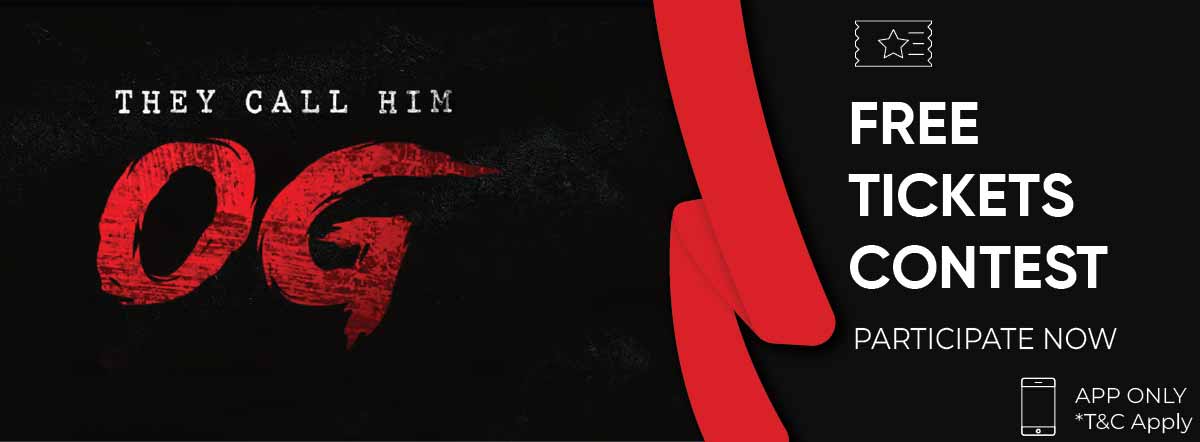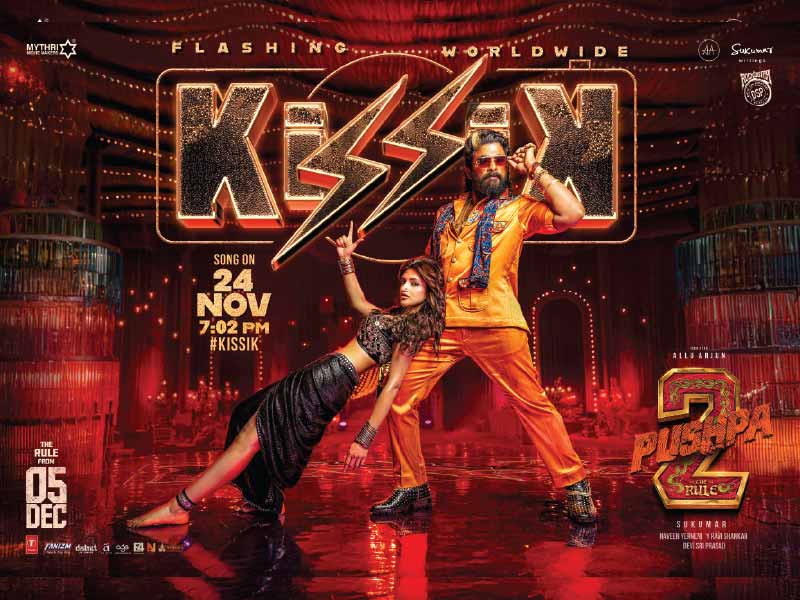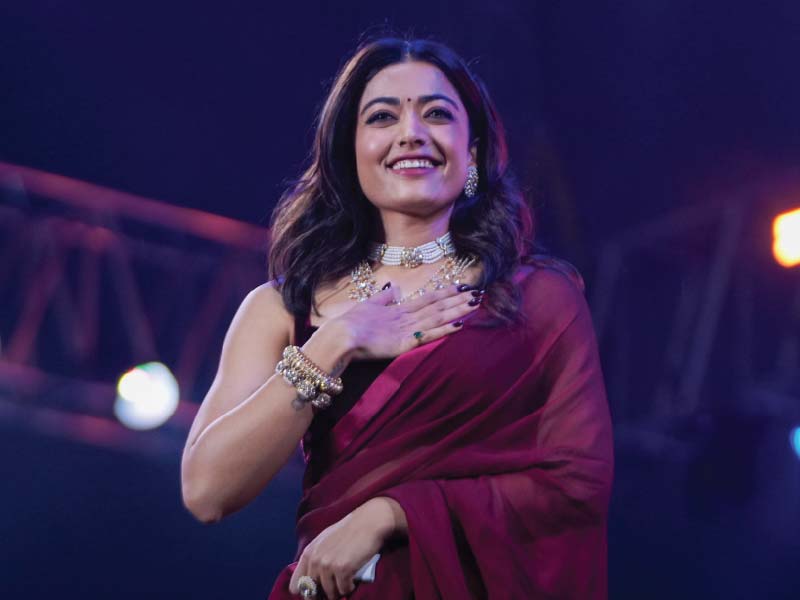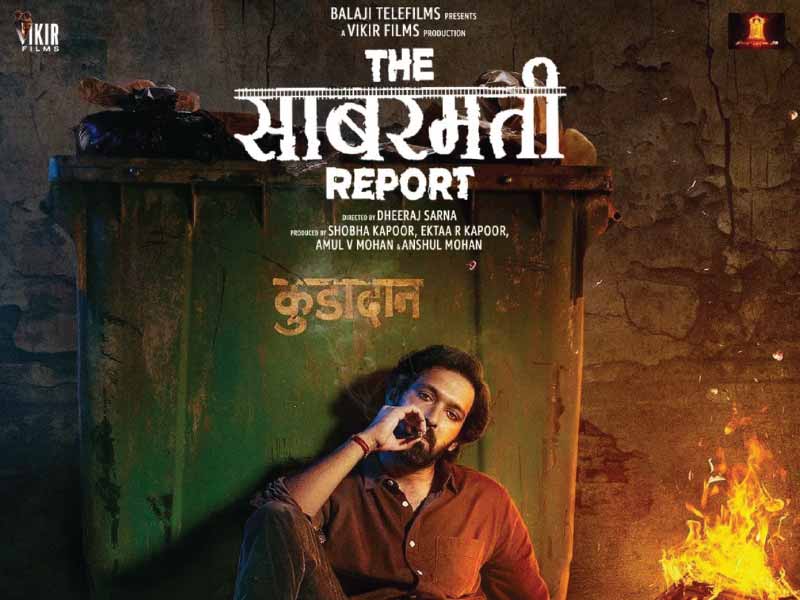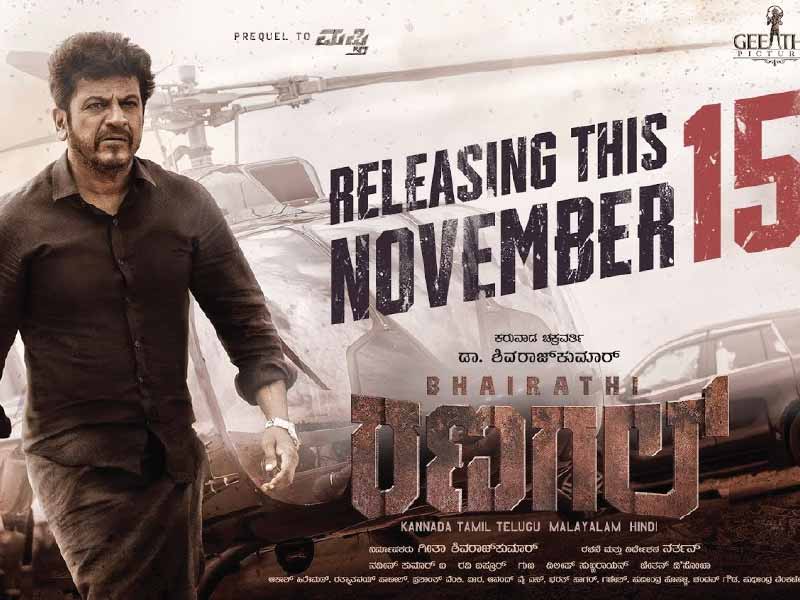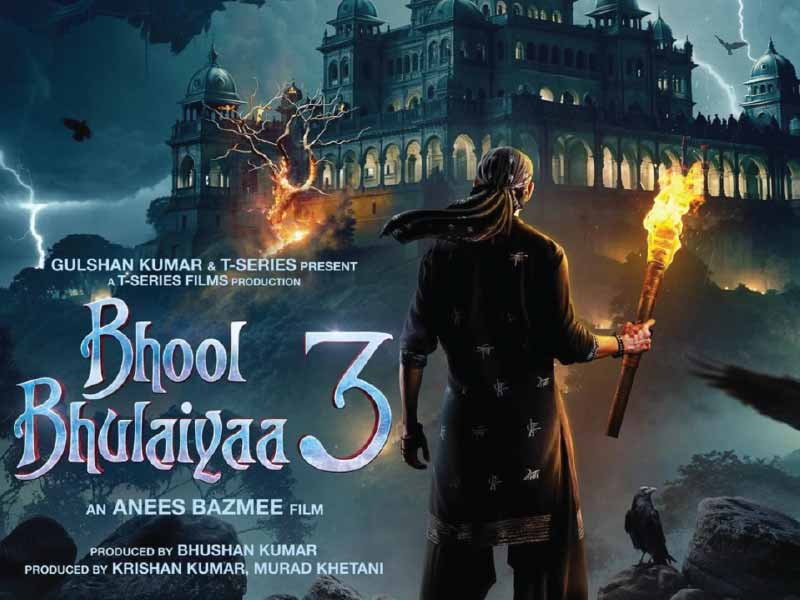World Press Freedom Day: Changing Ethos of Indian media| ‘Insensitive Indian Media’
Published On: 03 May 2019 | Hollywood | By: Anjali Shukla
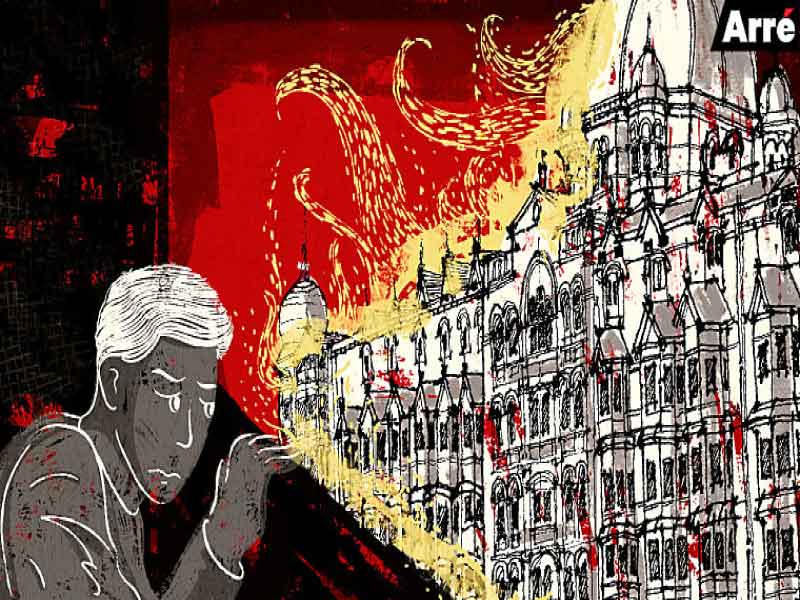

On World Press Freedom Day lets visit Indian Media in the aftermath of 26/11 attacks. With freedom comes responsibility. We must hold Media accountable to its lack of sensitivity all the while fighting for its freedom.
In the time of a cease the government, bureaucracy, citizenry, defense and media is supposed to work hand-in-hand such is the norm, which was lost to those in Media covering the 26/11 Mumbai attacks. Media houses are encouraged to be independent and bipartisan in their conduct. But when in comes to the matter of National security and in face of a crisis media like all other stakeholders of a democracy are supposed to take up a partisan character.
World has witnessed many such examples during terrorist attacks like 9/11 in America and 7/7 in London. No where have we seen Press making mockery of itself and jeopardizing the interests of people, whose voices they claim to be. Media is supposed to abide by some tenets set in place in case of situations of National Security threats and to avoid arousing panic among people.
It is commonsensical but Indian media has proved to be bereft of all sense common to one, especially during Mumbai attacks. The tragedy of the situation was whether one must laugh for the terrorists were watching the Media coverage on Television inside the hotels captured or cry for the position of disadvantage in which it landed us. Through the intercepted calls between the terrorists in occupying various locations and their handlers sitting in Pakistan, we got to know how the such a situation of live hostage worsened. One of the blogger, Chaitanya Kunte, who got in trouble for writing about Media giving handy information through T.V. channels and was bullied by the NDTV and its then associate Barkha Dutt said "You do not need to be a journalist to understand the basic premise of ethics, which starts with protecting victims first; and that is done by avoiding key information from being aired publicly—such as but not limited to revealing the number of possible people still in, the hideouts of hostages and people stuck in buildings. Remember these are hotels, where in all likelihood, every room has a television. All a terrorist needs to do is listen to Ms. Barkha Dutt’s latest achievement of extracting information from your relative, based on your last phone-call or SMS. And you’re shafted—courtesy NDTV." Kunte added, "During the Kargil conflict, Indian Army sources repeatedly complained to her channel that she was giving away locations in her broadcasts, thus causing Indian casualties."
Also Read: World Press Freedom Day 'Remembering Summer of 1975' : India during Emergency
The Media needed to play a comrade to the government and defense in their efforts to resolve the issue. Where did the things go wrong? Well many media houses claimed that there is no modus operandi set in place for them to follow. True. When were such a slave to written norms in situations of crisis? Or in order to increase their TRPs it was okay to broadcast whatever information they can grab hold of. It was a major error in judgement if there was a judgment to begin with.
Taking lesson from this debacle, a committee headed by Justice JS Verma, India’s News Broadcasters Association, an autonomous industry body for TV news channels came up with a new set of guidelines for the coverage of emergency situations (armed conflict, internal disturbance, communal violence, public disorder and crime). Even today, the code is governed by the National Broadcasting Standards Association that can issue notice suo-moto, or on the basis of viewer complaints.
NBA GUIDELINES FOR CRISIS AND CONFLICT
- Coverage is to be tested on the ‘touchstone of public interest,’ and must be factually accurate and objective.
- There should be no live reporting that “facilitates publicity of any terrorist or militant outfit, its ideology or tends to evoke sympathy towards or glamorize their cause.”
- During live hostage situations and rescues, no details of pending rescue operations should be given or broadcast regarding methods or personnel.
- Respect should be shown to the dead and no gory visuals should be shown on TV.
- Reporters should refrain from being in live, direct contact with victims, security forces, technical personnel or perpetrators.
- Networks should refrain from continuous/unnecessary broadcast of archival footage that may agitate the viewers. (If any such footage is shown, it should clearly indicate ‘file,’ with date and time.)
One would think this would have deterred any future repetition. But the guidelines are not enough as Media houses haven’t placed any sensitization program for the ground journalists. It was evident in the manner Indian media handled the issue of Nepal Earthquake during Operation Maitri. The trending #IndianMediaGoBack on twitter was quite telling of the insensitivity of Media houses of India. These days Channels and newspapers have Citizen reporters equipped with their Android phones or DSLRs, who are untrained but with opinions to be expressed on social media and then spread like wildfire
On World Press Freedom Day, we must not forget that with freedom comes responsibility. And we must collectively strive for a free and responsible journalism.
Free Movie Tickets Contest currently active on Moviekoop.
Hindi,Telugu,Tamil,Malayalam,Kannada | 05 December 2024
Hindi,Telugu,Tamil,Malayalam,Kannada | 20 December 2024
Hindi | 20 December 2024
English,Hindi,Telugu,Tamil | 20 December 2024
Hindi,Telugu,Tamil | 10 January 2025
Telugu | 27 March 2025
Tamil | 2025
Trending:


‘Mechanic Rocky’s Engrossing Trailer 2.0 Released

The Smile Man teaser
Fashion:
Movie Reviews:
Bhairathi Ranagal Movie Review: The Rise of a Reluctant Gangster
Kanguva Movie Review: A Grand Vision with Uneven Execution





